I had to pinch myself a number of times this week to ensure I was not ensnared in some Kafkaesque nightmare. Katharine Birbalsingh CBE, Chair, Social Mobility Commission (yes, that is correct), decided to make a comment and relate hard maths in physics to the poor uptake amongst girls in this subject, not withstanding the latest round of results in A-level Mathematics. The full select committee discussion can be found here, in which Katherine refers to anonymous research supporting her claims. This got worse as our Chair decided to go on GB News (a common media outlet for Katharine) to explain that she had endeavoured to control for social factors, after which the only attribute left was the sex difference. Clearly, Katharine couldn’t have, effectively, excluded all these factors as many are outside her control, but that didn’t stop her professing her innocence.
A key aspect of the debate, to my mind, is not just about getting women in STEM careers, but that if they are excluded we get a world designed for men in an increasing technological age. Invisible Women by Caroline Criado Perez (review here) sets out cataloguing, through careful research, the lack of data and the lack of gender/sex disaggregation of that data, which then works in hand with the assumption that maleness and the male lens are neutral to discriminate against women. The effects of this data invisibility, arising from a lack of representation, in many technological spheres leads to profound inequalities for women, which impoverish them (and children) to an appalling extent. This is made worse by the examples of good practice which are just ignored. The book’s inescapable conclusion is best summed up by the quote at the beginning:
“Representation of the world, like the world itself, is the work of men; they describe it from their own point of view, which they confuse with the absolute truth.” Simone De Beauvoir

















